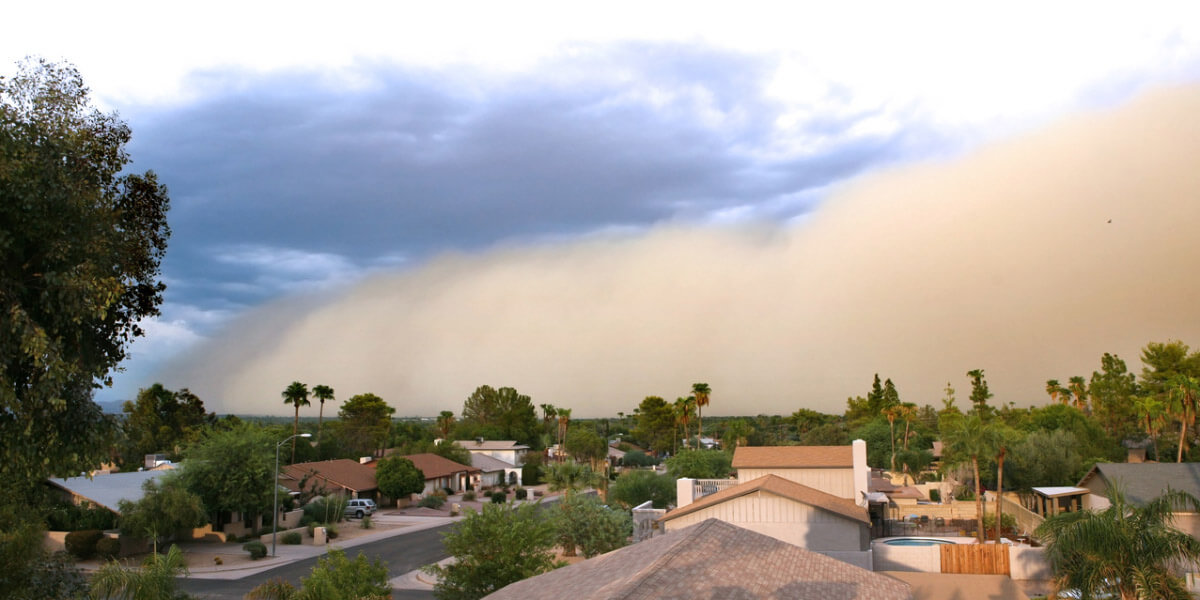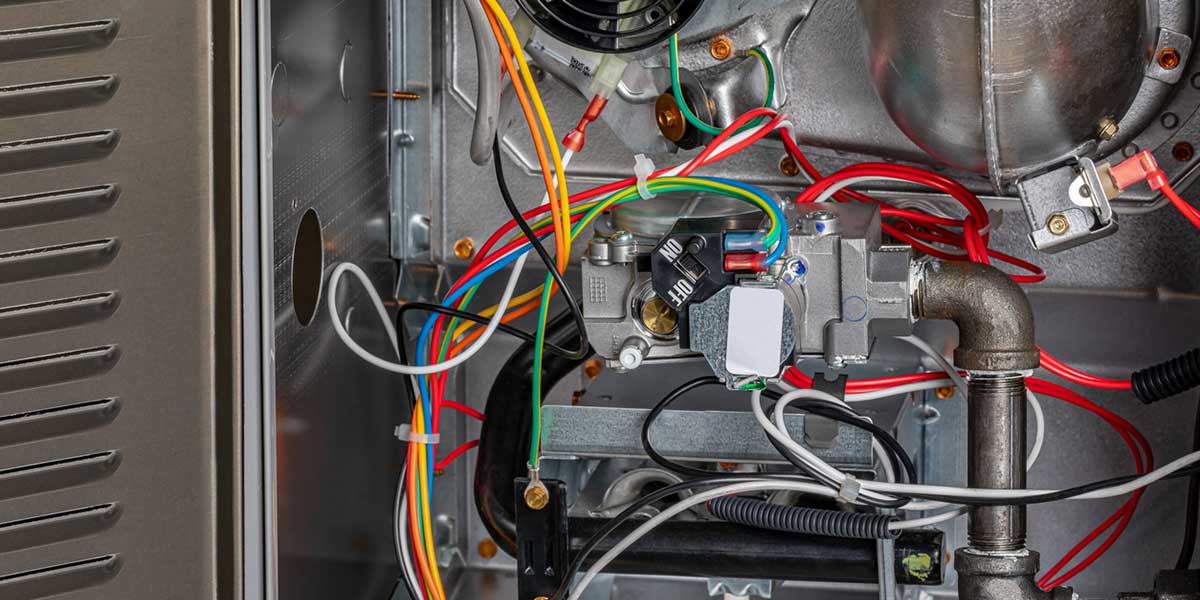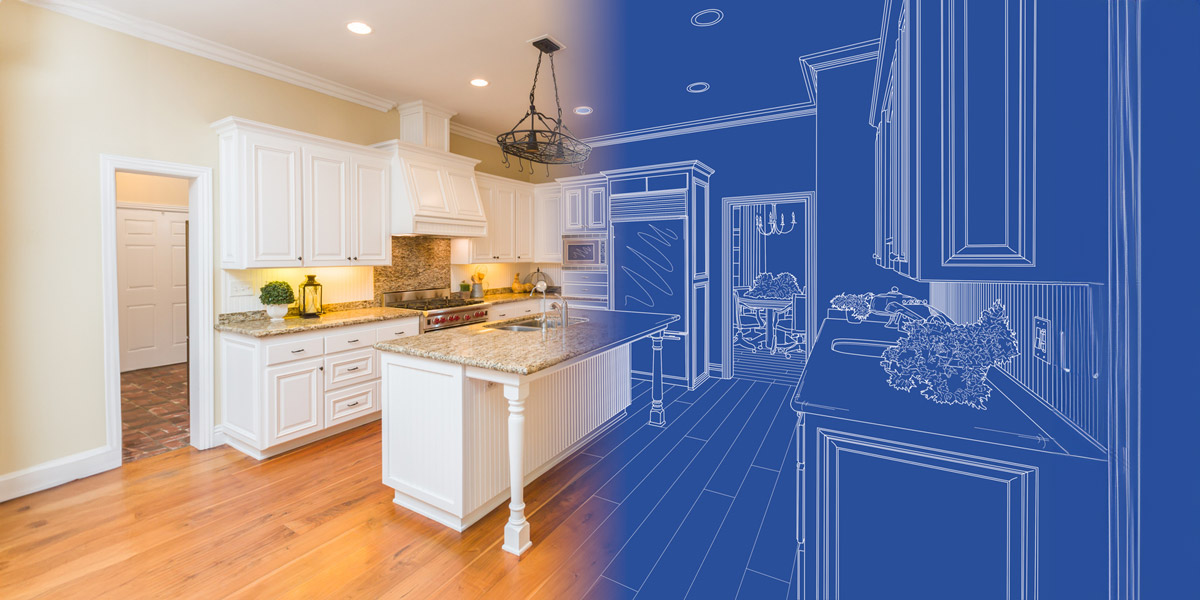Thank goodness for our HVAC systems that keep our homes cool during the long Arizona summers. But enter the monsoon storms, and a threat emerges – the haboob. These colossal dust storms can wreak havoc on your house, especially your air conditioning unit. Let’s delve into what haboobs are and how they can potentially damage your vital air conditioner during the sweltering summer months.
Haboob Havoc: A Wall of Dust Descends
Imagine a scene straight out of a sci-fi movie. A menacing wall of dust, towering tens of thousands of feet high, engulfs the horizon. This is a haboob, a phenomenon that occurs primarily in Arizona during the summer monsoon season, June to September. These powerful dust storms are formed by strong winds whipping up loose soil from desert basins north of Tucson. The result? A suffocating, visibility-reducing wall of dust that can last for up to an hour, wreaking havoc on everything in its path, including your air conditioner.
Haboobs pose a significant threat to your HVAC unit in several ways:
- Clogged Condenser Coils: The condenser coil, located outside your home, is the workhorse of your AC. It acts like a radiator, releasing heat extracted from your home’s air. During a haboob, a thick layer of dust can coat the coil, significantly reducing its ability to dissipate heat. This forces the AC to work harder, leading to decreased efficiency and increased energy consumption. In extreme cases, a completely clogged coil can cause the unit to overheat and trip the breaker.
- Infiltrated Air Filters: Your air filter acts as a shield, preventing dust and debris from entering your AC unit and damaging its internal components. However, haboobs can overwhelm even the most robust filters. Fine dust particles can bypass the filter and infiltrate the delicate machinery inside, potentially causing wear and tear.
- Electrical Issues: While less common, haboobs can also lead to electrical problems. Strong winds can blow debris onto electrical components, causing short circuits or malfunctions. Additionally, the sudden influx of dust can compromise electrical insulation, increasing the risk of electrical fires.
Got AC Haboob Damage? Contact Bruce’s
If a monsoon dust storm has damaged your air conditioner, call your local professionals today at Bruce’s at 480-968-5652 to schedule an appointment. We’re your knowledgeable AC experts making certain your HVAC system is working optimally all summer long—and beyond.
















